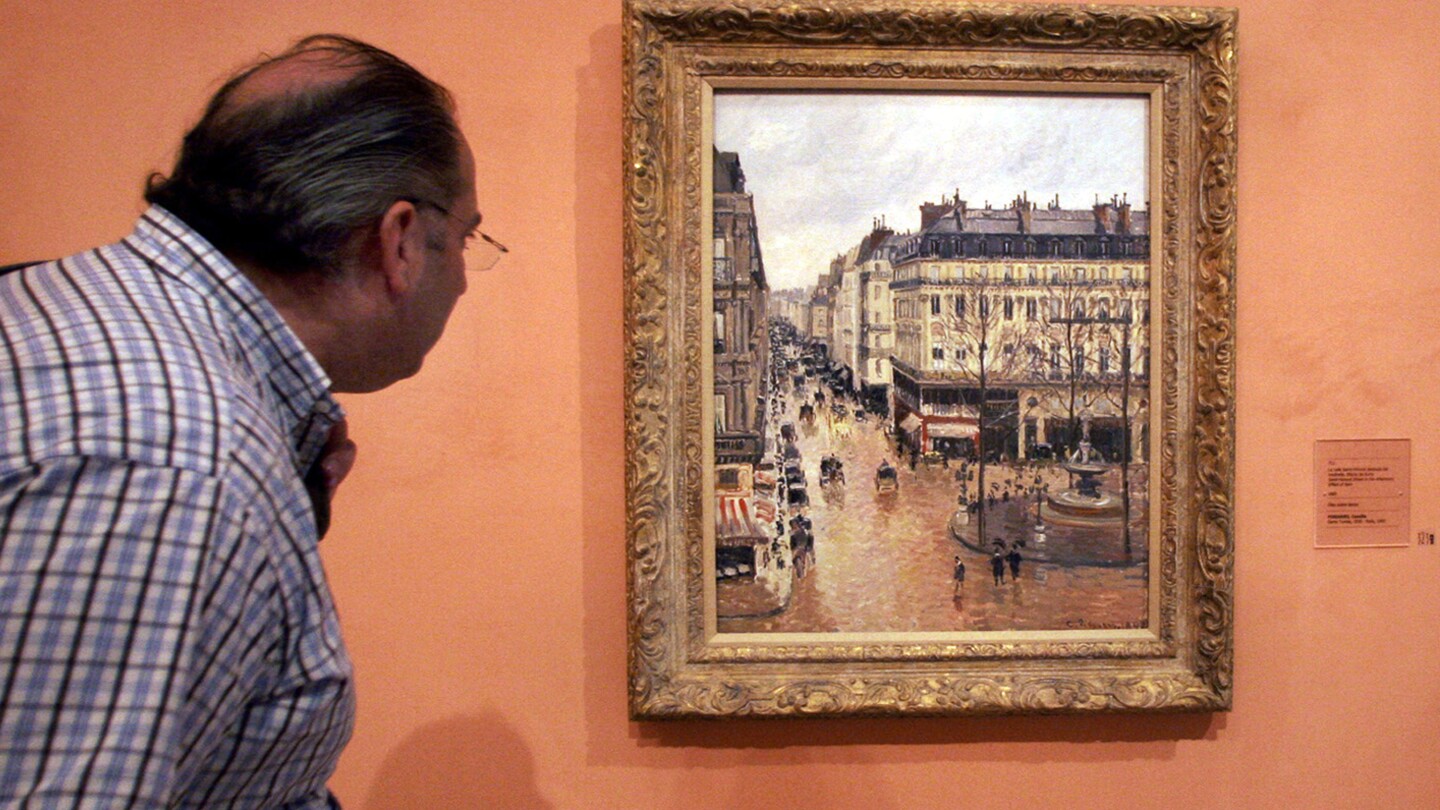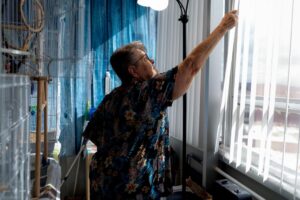The controversy over a French impressionist painting, once taken by the Nazis during World War II, reignites as the U.S. Supreme Court reopens a case concerning its rightful ownership. The decision will determine whether the artwork, Camille Pissarro’s “Rue Saint-Honoré in the Afternoon, Effect of Rain,” stays in Madrid’s Thyssen-Bornemisza Museum or returns to the descendants of its original Jewish owner.
In a significant move, the Supreme Court ordered a reassessment of the case under a new California law that bolsters claims by Holocaust survivors and their heirs seeking the return of looted art. This overturns previous rulings that favored the Spanish museum’s claim to the painting.
The painting, dating back to 1897 and valued in the tens of millions, portrays a Paris street scene under rain. It originally belonged to Lilly Cassirer Neubauer, a German Jew who was compelled to part with it in exchange for visas to flee Nazi Germany.
Following its seizure, the painting changed hands multiple times, eventually reaching the United States and remaining with various collectors for 25 years. In 1976, Baron Hans Heinrich Thyssen-Bornemisza of Switzerland acquired it, and it later became part of a collection sold to Spain in the 1990s.
David Cassirer, Neubauer’s great-grandson and a resident of California, expressed gratitude towards the U.S. Supreme Court, stating he appreciated the court’s commitment to “applying principles of right and wrong.” Cassirer took up the legal battle after his father, Claude Cassirer, who discovered the painting on display in the museum, passed away in 2010.
The Thyssen-Bornemisza Collection Foundation’s legal representative, Thaddeus Stauber, affirmed the foundation’s ongoing efforts to validate its ownership of the artwork, emphasizing that the Supreme Court’s decision offers an opportunity to evaluate the impact of the new California legislation on the museum’s claimed ownership.






